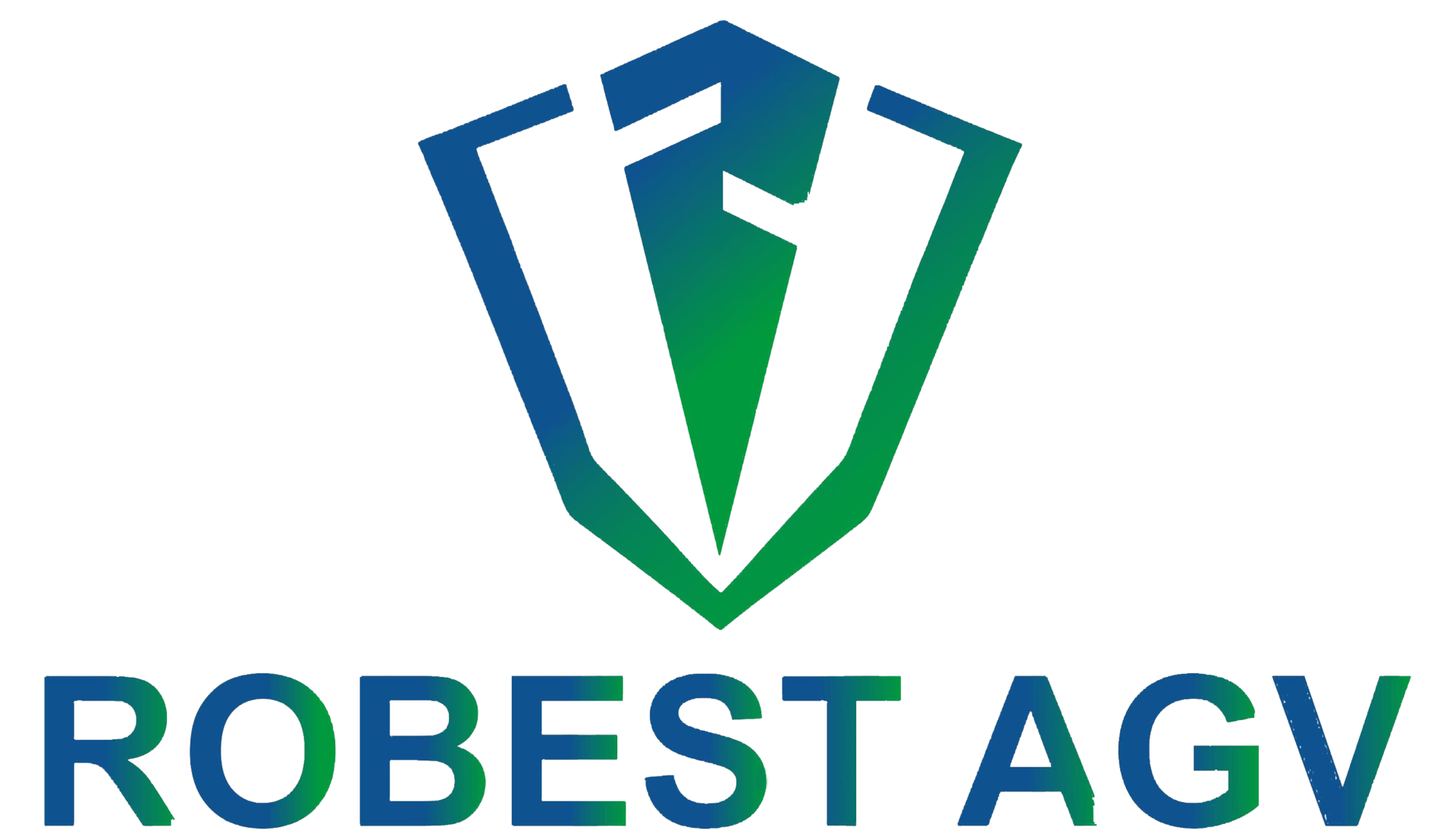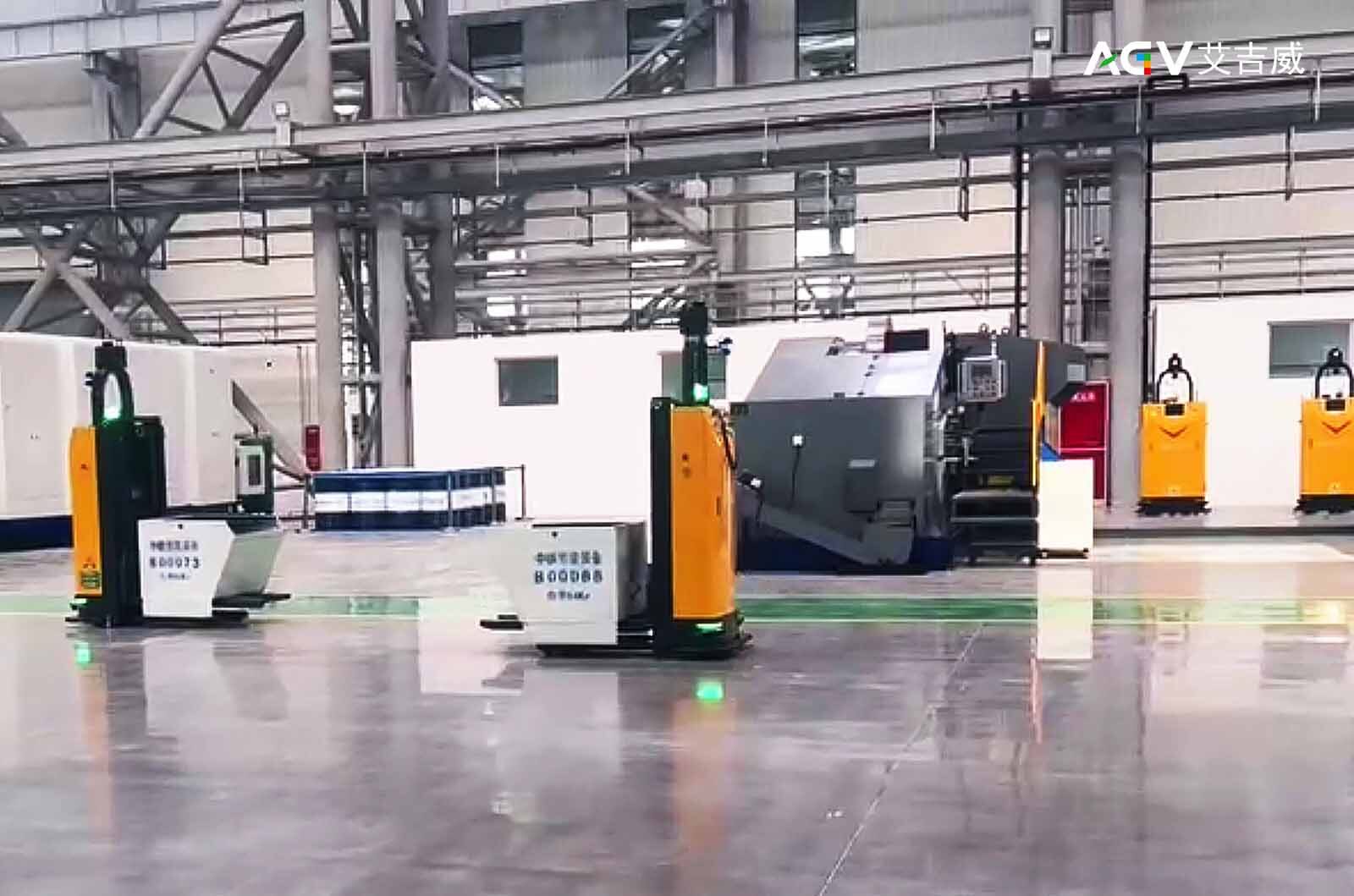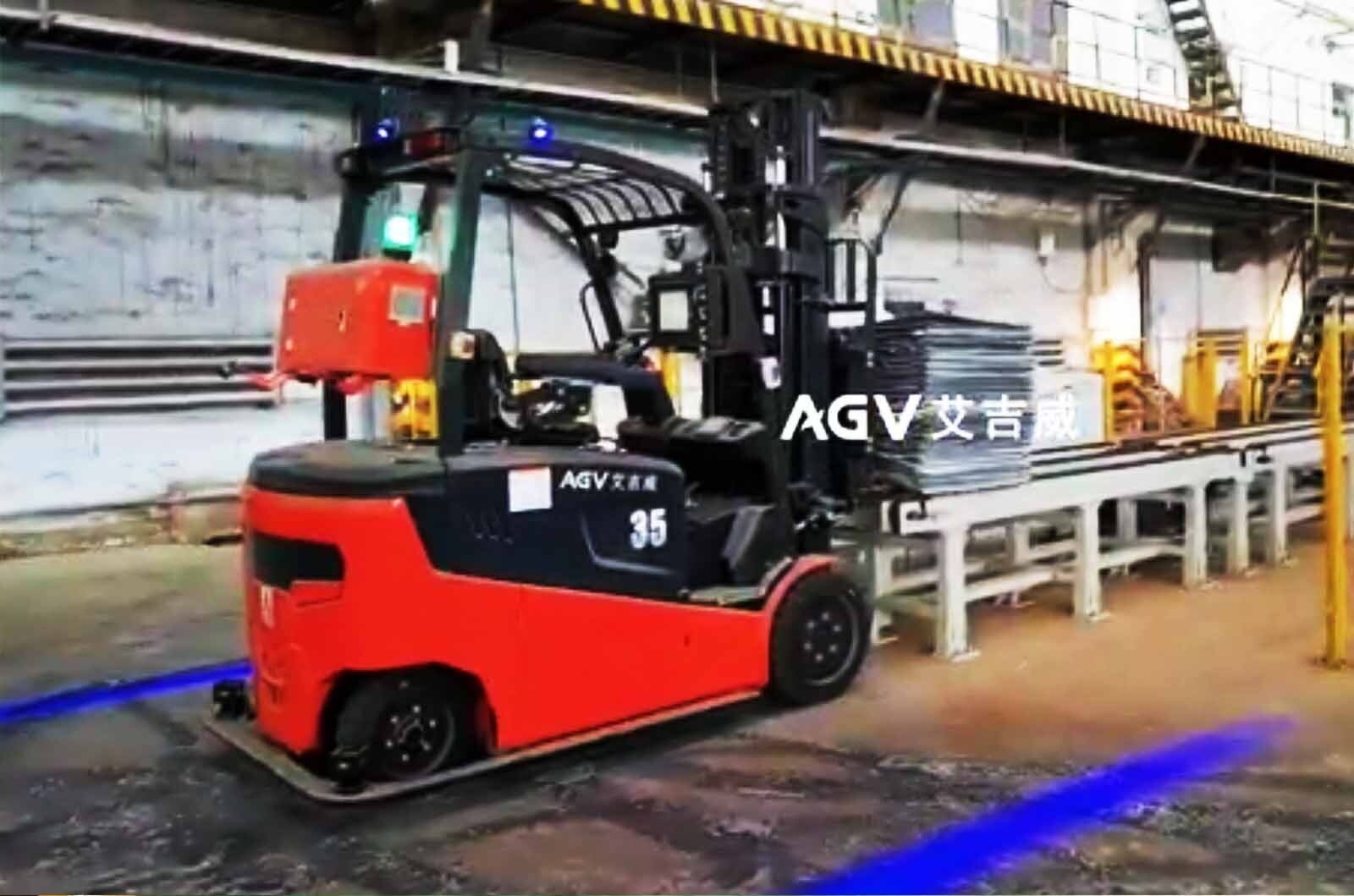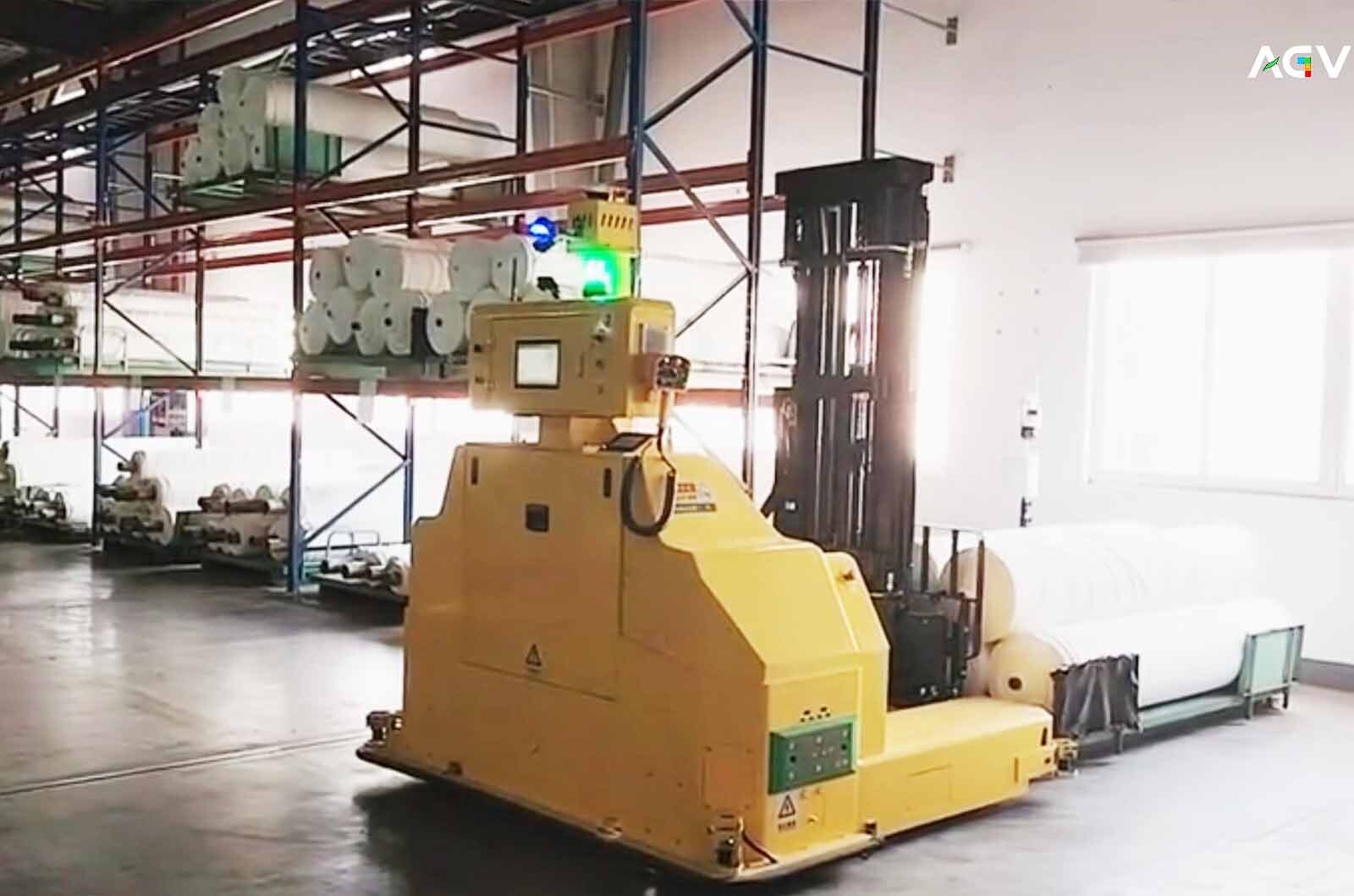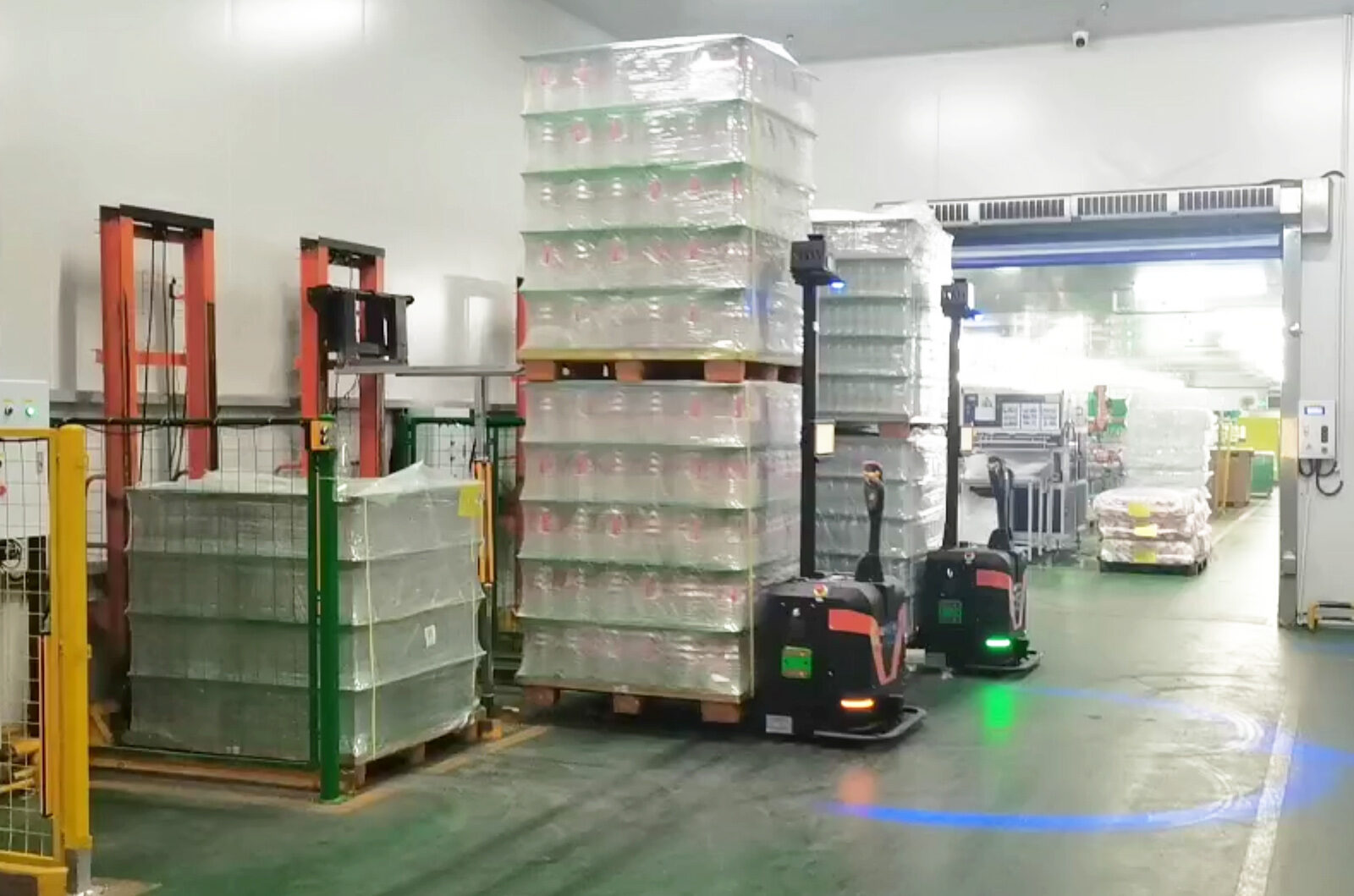The customer is an environmental cleaning and healthy small household appliance enterprise with high-speed motor as the core technology to provide high-quality life for consumers around the world, focusing on the field of household cleaning for 26 years. From its humble beginnings as a manufacturer of black-and-white televisions, it has grown to become one of the world's largest home appliance manufacturers. With the continuous expansion of the company's scale, the company decided to fully introduce intelligent equipment in its domestic and foreign factories to improve overall operational efficiency, reduce costs, and enhance global competitiveness.
Customer needs
With the expansion of the company's 12 major production bases at home and abroad, the disadvantages of the traditional logistics model have become increasingly prominent:
1. Low efficiency of cross-regional collaboration
The factory relies on manual forklifts to complete the handling of injection molded parts, raw materials, and finished products, and the order response cycle is as long as 4-6 hours, and the operation standards in different regions are not uniform, and the material mismatch rate is 1.5%;
2. High labor costs
Labor costs account for 45% of the total logistics costs, and they face problems such as "difficulty in recruiting workers" in factories in developed countries and frequent safety accidents in factories in developing countries (annual accident rate of 0.8%).
3. Waste of storage resources
Manual handling leads to only 65% of the storage space utilization, chaotic stacking of injection molded parts and pallet collars, long waiting time for raw materials to go online, and the production line is often blocked due to insufficient forklift deployment of finished products.
The company urgently needed an unmanned solution that was suitable for the multi-factory environment and covered the whole process handling scenario to achieve the strategic goal of "efficient collaboration of production and logistics, controllable global operating costs, and comprehensive upgrade of quality and safety".

Solution
1. 77 unmanned forklifts in Suzhou factory in China
77 sets of "small jacks" V15T unmanned forklifts and Tianshu dispatching system were introduced to realize the supply and transportation of raw materials in the production workshop and the automatic handling process of finished products from the production line to the warehouse;
2. 20 unmanned forklifts in overseas factories
The Thailand factory and the Vietnam factory respectively invested 5 and 13 sets of "small jack" V15T unmanned forklifts and Tianshu dispatching system to realize the off-line materials of the injection molding workshop to the temporary storage area; The handling link of on-line distribution of materials in the raw material area of the assembly workshop.
Retrofit value
Based on the introduction of AGV unmanned forklift equipment and the construction of digital system, the operational efficiency and service quality have been greatly improved, the storage capacity per unit area has been greatly improved, and the intelligent information interaction has been unmanned storage and transportation, which has greatly reduced the probability of accidents under working conditions and enhanced the competitiveness of the enterprise in the industry.
The intelligent transformation of the company's unmanned forklifts is not only a technological upgrade, but also a systematic solution for global manufacturing enterprises to cope with "cost pressure, efficiency challenges, and quality needs". With the launch of multiple phases of the project, enterprises are building a global smart factory network of "equipment interconnection, data exchange, and management intelligence". This practice proves that in the wave of intelligent manufacturing, only customized innovation based on scene pain points and cross-regional system integration can truly release the maximum value of logistics automation and help enterprises take the lead in global competition.
